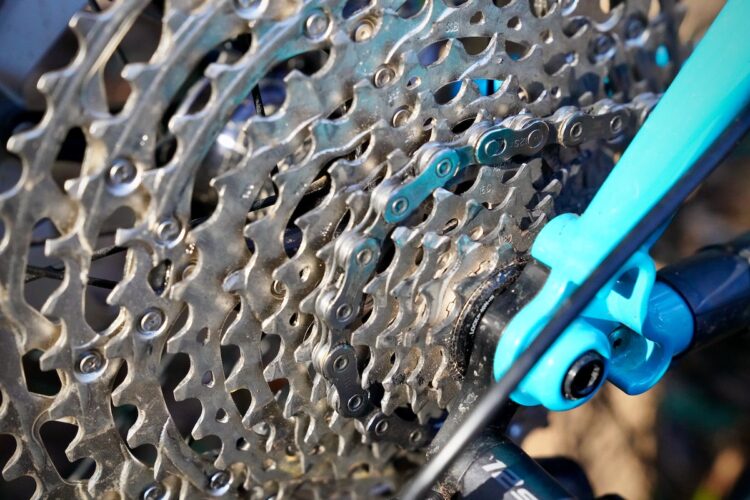
As a part of our annual mountain bike gear survey, we asked questions about several fringe but potentially up-and-coming mountain bike technologies to gauge current adoption rates. For example, we found 1.2% of our readers own at least one electric bike and 1.4% are running electronic shifting (like Di2). Yet despite grabbing all the headlines and stirring raucous debate among mountain bikers, the adoption rate for both of these technologies pales in comparison to another piece of “fringe” tech: the internally geared drivetrain.
For this who aren’t familiar with internally geared drivetrains or “gearboxes,” as they are often called, we’ll take a moment so you can catch up here, here, and here. The tl;dr version is that internally geared drivetrains pack a large gear range in a low maintenance package, though often at a significant weight and cost penalty. Some internally geared systems are placed in the rear hub, while others can be integrated into the bottom bracket area on a specially-designed mountain bike frame.
[see_also id=’195712′]
Of course the internally geared drivetrain has been around for much longer than electronic shifting or e-bikes, which could have something to do with its robust adoption rate (relatively speaking) of 3.4%. Or, it could be that purely mechanical systems are more popular among today’s mountain bikers.
As Greg reported last year from Eurobike, internally geared mountain bikes seem to be more popular in Europe than here in North America. It’s interesting to note that electric mountain bikes have a similar reputation for being more popular in Europe, while consumers in the US and Canada remain a bit more skeptical of them.
[see_also id=’197304′]
If you’re not running an internal drivetrain, is it something you might consider in the future? Are you more or less likely to go internal than to buy an electric mountain bike or Di2 drivetrain?











2 Comments
Aug 31, 2017
....however I gotta ask, who, exactly, is taking your surveys? I've seen quite a few e-bikes and I've seen, and own, an electric shifting bike, but I have only seen photos of internally geared MTB bikes, I'm not even seeing these bikes at my LBS or, for that matter, regional bike shops.
Aug 31, 2017
This does raise an interesting question: do pockets of tech exist in mountain biking? From my own observations, I can say it's not unusual to see one person adopt a product and then influence those around them to do the same, even if it's not (yet) widely adopted elsewhere.